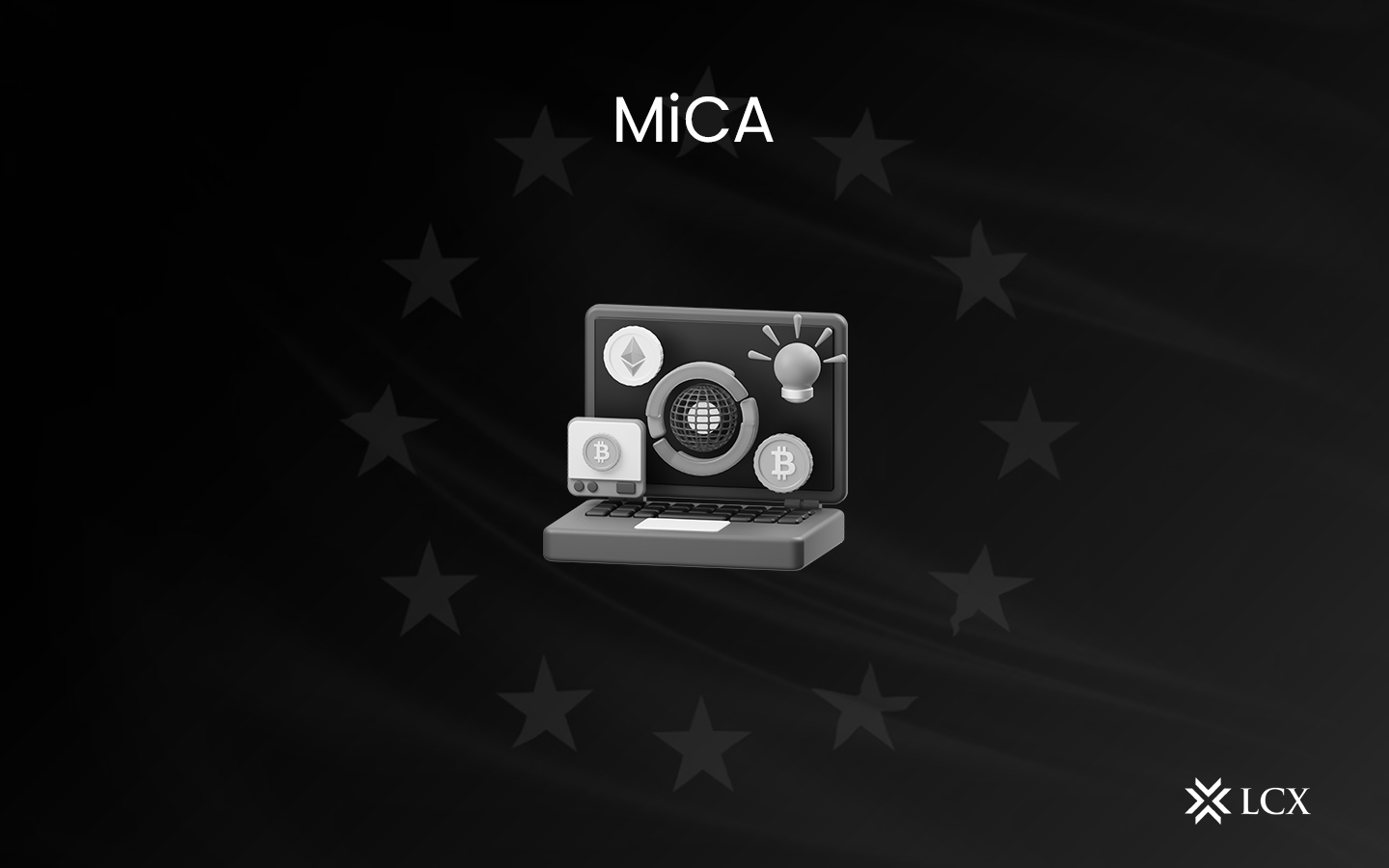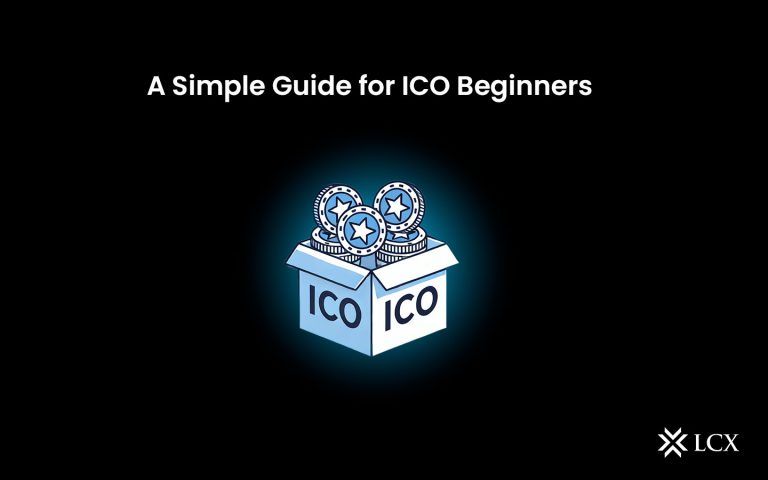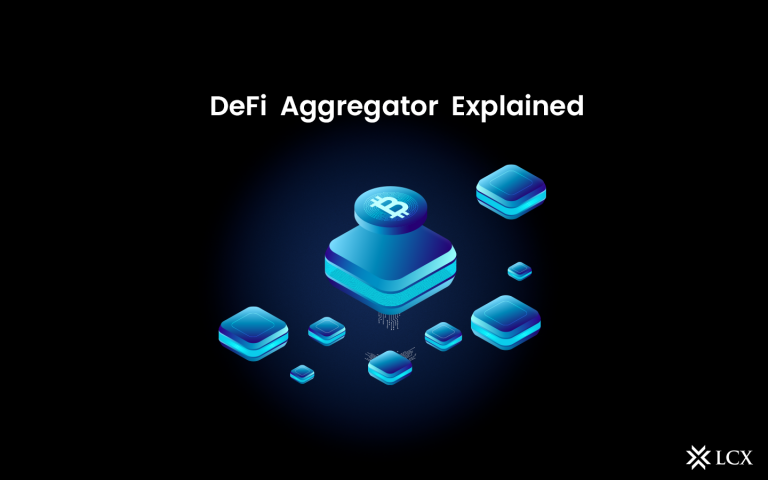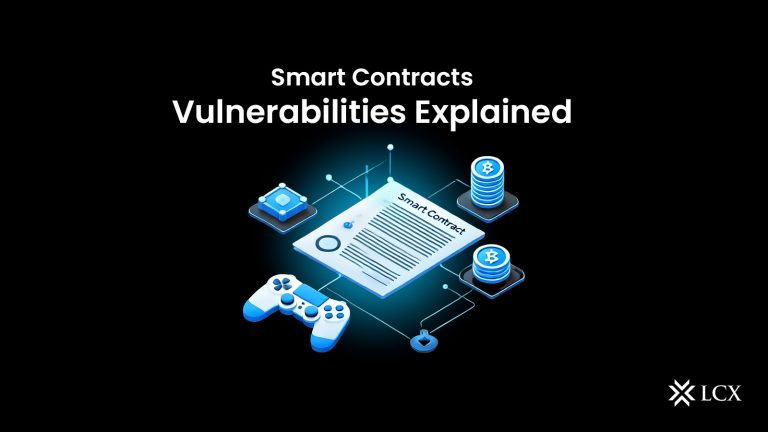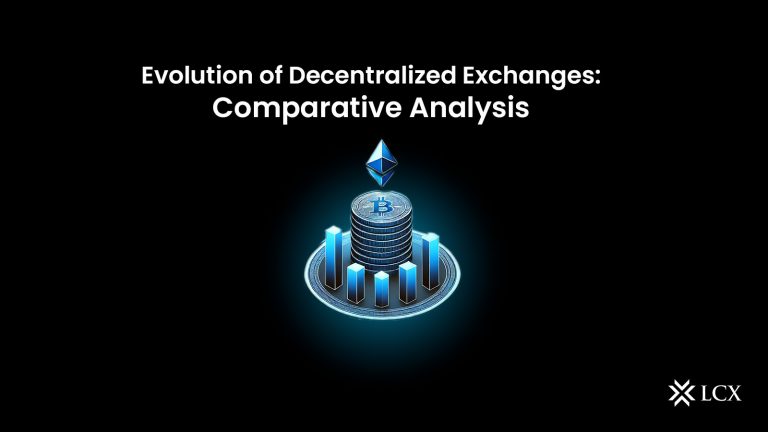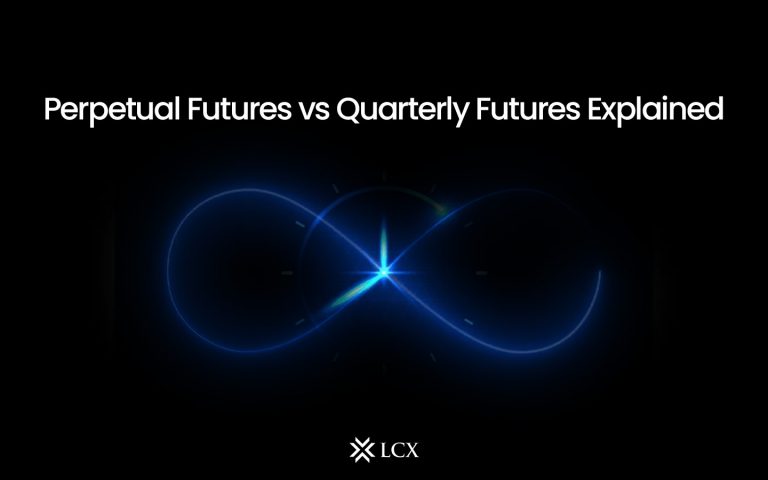Like any other jurisdiction or country, the European Union is attempting to control the rapidly expanding crypto market. It is, however, the only one with an industry-leading regulatory framework. EU legislators continue to hammer out new laws and regulations to maintain the crypto market safe and secure for both corporations and users. MiCA is a similar regulation developed to strengthen the security of the industry.
What Is MiCA?
MiCA stands for Markets in Crypto-Assets. It is a regulatory framework created in 2018 to establish a standard licensing system across all EU member states by 2024 and help currently govern out-of-scope crypto markets, assets, and service providers. It will apply to all EU member states once it is implemented.
Under MiCA, once a crypto firm has been licensed in one EU member state, the license will become “passportable,” meaning the company will be allowed to operate in another EU country without needing approval or extra licenses from the local government.
The MiCA framework allocates 26 of its 168 pages to an asset-referenced tokens subcategory. Asset-referenced tokens are a sort of stablecoin or cryptocurrency meant to preserve their value. However, unlike dollar-pegged stablecoins like USD coin (USDC) or tether (USDT), they are backed by commodities, fiat currencies, or crypto assets. But, MiCA excludes the decentralized finance (DeFi) market.
Now, organizations in the crypto world have a debatable stand on the regulations as some see them as a constraint on the freewheeling crypto industry. But LCX is already aligned to comply with the MiCA regulations. This is because LCX offers a regulatory platform for its users to keep them at ease about the security of their investments. It has been regulated by the Financial Market Authority of Liechtenstein, complying with eight blockchain technology regulations.
MiCA Will Regulate the Following Crypto Assets
- Utility tokens are non-financial tokens used to digitally offer access to services, applications, or resources on DLT networks.
- E-money tokens are crypto-assets that have a fixed value based on a single fiat currency and are intended to behave similarly to electronic money.
- Asset-referenced tokens are designed to keep their value stable by “referencing several currencies that are one or more crypto-assets, legal currency, one or more commodities, or a basket of such assets.”
Need For MiCA
- MiCA was formed by the European Commission to ensure that EU consumers have access to innovative but safe crypto-assets without jeopardizing market stability.
- Its fundamental concern is the safety of crypto users, which must be balanced against the desire for more cutting-edge investment products and legal and financial dangers.
- Because of the surge in public interest and investment in cryptocurrencies, European regulators have begun to recognize the hazards that unregulated virtual assets pose to investors and markets, such as money laundering and terrorism financing.
- The European Banking Authority (EBA) and the European Securities and Markets Authority (ESMA) were mandated by the European Commission’s FinTech Action Plan, published in March 2018, to assess how suitable and applicable the existing EU financial services regulatory framework was to crypto-assets.
- Most crypto-assets were discovered to be outside of EU financial services regulation scope and hence not subject to consumer and investor protection or market integrity provisions.
- As a response, European regulators began work on a new regulatory framework for crypto-assets, known as MiCA.
The European Commission designed the Digital Finance package with the intention of keeping the European Union’s financial sector competitive by giving customers access to more innovative products while maintaining consumer safety and financial stability. Retail strategy, digital finance, digital resilience, and legislative suggestions on crypto-assets, such as MiCA, are all included in the package.
Objectives Of MiCA Regulation
- To give legal clarity for crypto-assets that are not currently covered by EU financial services regulation.
- At the EU level, develop consistent laws for crypto-asset service providers and issuers.
- To issue special requirements for “stablecoins,” including when they are e-money.
- To replace existing national frameworks for crypto-assets that aren’t covered by EU financial services legislation.
Benefits Of MiCA
- CASPs (Crypto-Asset Service Providers) operate outside of most Member States’ regulatory frameworks, prompting governments to create bespoke national frameworks to manage these enterprises.
- Companies cannot scale their activities at the EU level due to legal complexity, high expenses, and regulatory unpredictability. MiCA will assist in creating a platform that is comparable for all of these businesses.
- CASPs currently face an unequal playing field based on their member state, which impacts the internal market’s efficiency.
- CASPs and their customers are currently at risk when dealing with crypto-assets due to the lack of a single EU framework. With MiCA, the EC seeks to correct this issue.
Conclusion:
MiCA is now in the midst of final negotiations between the European Council, Commission, and Parliament. Governments are frequently chastised for restricting technological innovation through legislation, but this will not be the case here. The full implementation of this rule will only increase the security and safety of consumers and companies dealing with crypto-assets. So, let’s look forward to a future with a safe and secure crypto world where the whole crypto community can work together in harmony.
